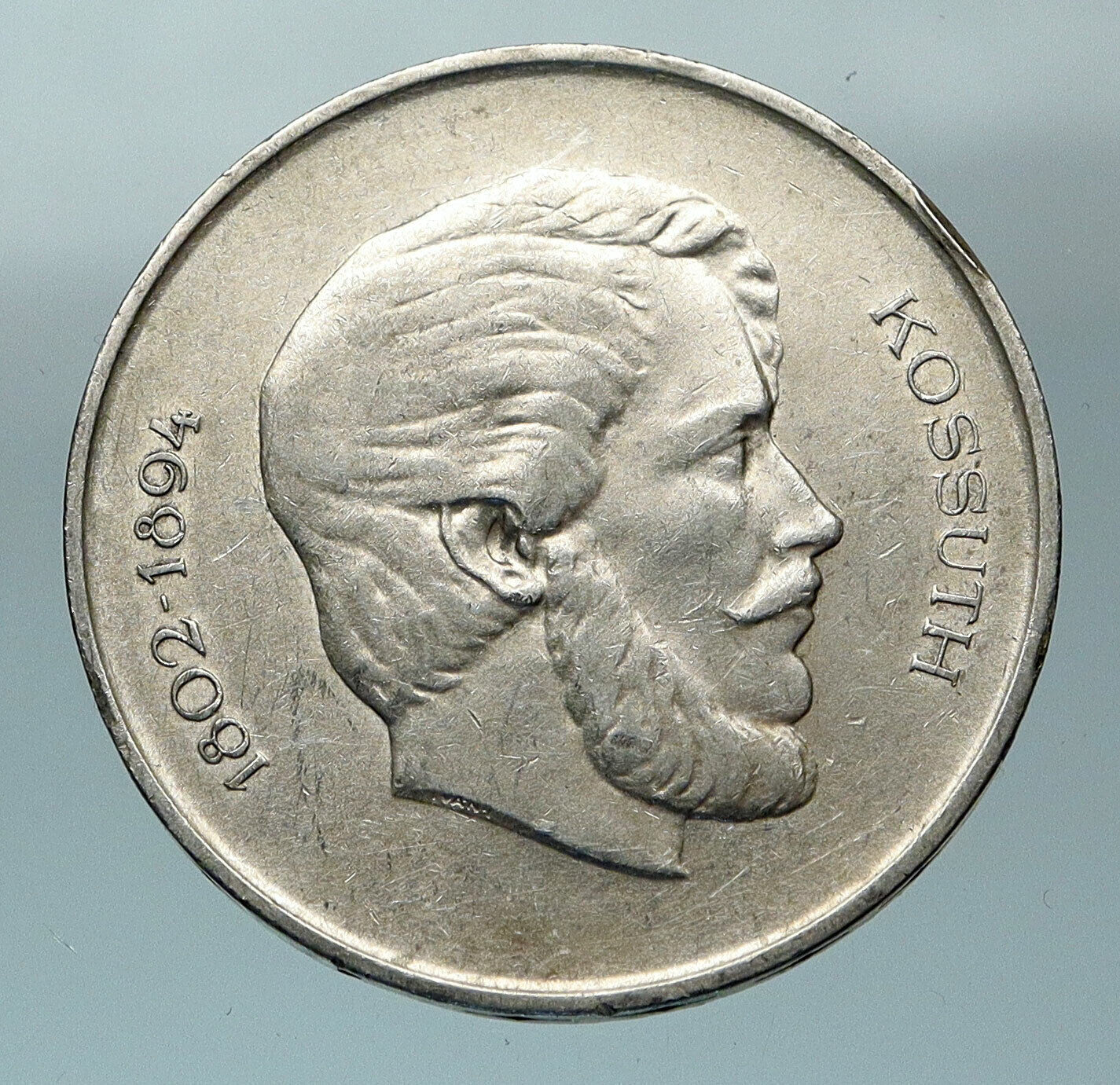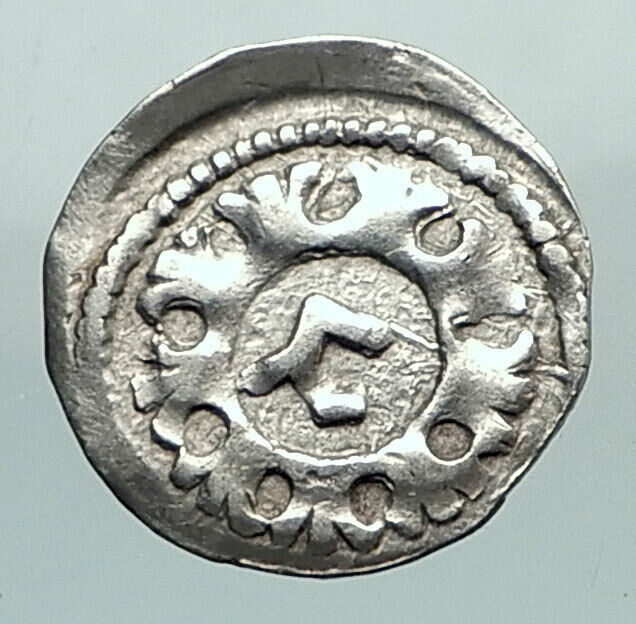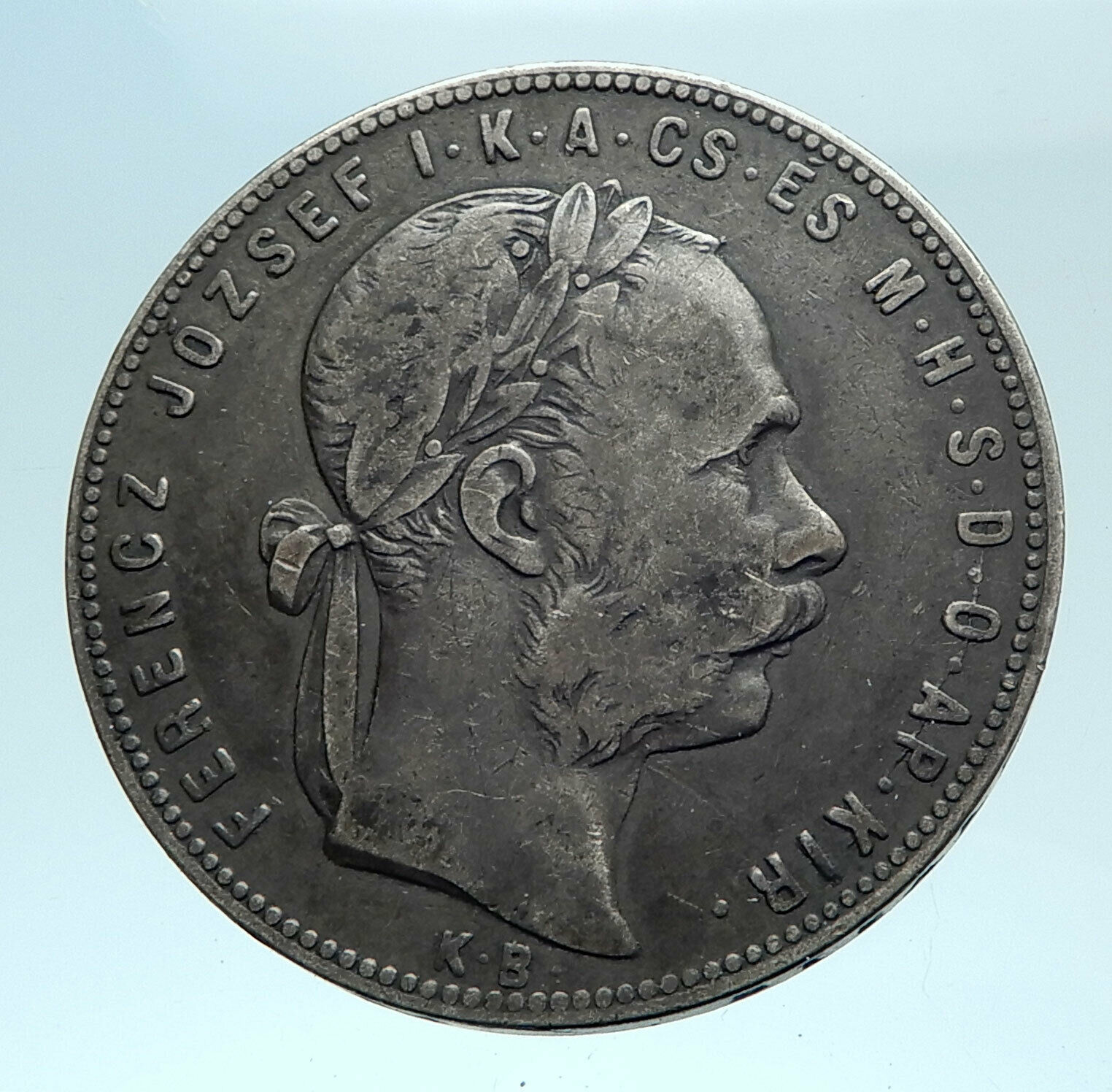|
Hungary – Painter Series – Gyula Derkovits
1976 Silver 200 Forint (Ketszaz) 37mm (28.11 grams) 0.640 Silver (0.5761 oz. ASW)
Reference: KM# 609
Certification: NGC
MS 65 2863551-004
Derkovits bust facing ahead.
MAGYAR KÖZTÁRSASÁG 200 FORINT 1976 BP, Name of the state, Hungarian coat of arms in the middle, date of issue and denomination on the sides.
You are bidding on the exact item pictured, provided with a Certificate of Authenticity and Lifetime Guarantee of Authenticity.
.jpg/210px-Derkovits,_Gyula_-_Self-portrai_with_Pipe_(1926).jpg) Gyula Derkovits (13 April 1894, Szombathely, 18 June 1934, Budapest) was a Hungarian painter and graphic artist whose work shows elements of Expressionism, Cubism and Constructivism. Gyula Derkovits (13 April 1894, Szombathely, 18 June 1934, Budapest) was a Hungarian painter and graphic artist whose work shows elements of Expressionism, Cubism and Constructivism.
His father was a master carpenter and, despite showing some early artistic talent, he was forced to pursue the same trade. A friend who was a sign painter gave him his first drawing lessons, against his family’s wishes. Displeased with that situation, he fled from his family by volunteering to serve in World War I.
This proved to be an unfortunate decision, as he was wounded at the front, leaving him with a paralyzed left hand and a lung problem which became tuberculosis. In 1916, he moved to Budapest where he supported himself with a disability pension and, ironically, by doing some carpentry. In 1918, he joined the Hungarian Communist Party and remained a member until 1930, when membership became too dangerous.
.jpg/185px-Derkovits,_Gyula_-_Dózsa-series_IV._Insurgent_Peasant_(1928).jpg) During this time, he learned to draw and paint at various night schools until 1918, when Károly Kernstok agreed to take him as a student, free of charge, at the Nyergesújfalu art colony and taught him copper engraving in addition to painting. Unfortunately, the many changes in government disrupted pension payments and he was forced to return to manual labor, which was increasingly too difficult for him. As a result, he moved to Vienna in 1923, where he was able to find sufficient work doing paintings and etchings and had a successful exhibition at the Weihburg Gallery. He lived there for three years, then returned to Budapest. During this time, he learned to draw and paint at various night schools until 1918, when Károly Kernstok agreed to take him as a student, free of charge, at the Nyergesújfalu art colony and taught him copper engraving in addition to painting. Unfortunately, the many changes in government disrupted pension payments and he was forced to return to manual labor, which was increasingly too difficult for him. As a result, he moved to Vienna in 1923, where he was able to find sufficient work doing paintings and etchings and had a successful exhibition at the Weihburg Gallery. He lived there for three years, then returned to Budapest.
In 1928, his reputation was secured by a series of twelve woodcuts depicting the peasant revolt of 1514 (led by György Dózsa), despite having been done at the behest of the Communist Party. After 1930, his style became increasingly personal and eccentric. Tempera was his preferred medium then and his paintings, with subjects from daily life, became larger; almost monumental. He also worked in clay and wood sculpture. He died, aged only forty, after a series of illnesses.
Several streets have been named after him and a “Derkovits Art Scholarship” has been presented since 1955.

 Hungary is a sovereign state in Europe. It is situated in the Carpathian Basin and is bordered by Slovakia to the north, Romania to the east, Serbia to the south, Croatia to the southwest, Slovenia to the west, Austria to the northwest, and Ukraine to the northeast. The country’s capital and largest city is Budapest. Hungary is a member of the European Union, NATO, the OECD, the Visegrád Group, and the Schengen Area. The official language is Hungarian, which is the most widely spoken non-Indo-European language in Europe. Hungary is a sovereign state in Europe. It is situated in the Carpathian Basin and is bordered by Slovakia to the north, Romania to the east, Serbia to the south, Croatia to the southwest, Slovenia to the west, Austria to the northwest, and Ukraine to the northeast. The country’s capital and largest city is Budapest. Hungary is a member of the European Union, NATO, the OECD, the Visegrád Group, and the Schengen Area. The official language is Hungarian, which is the most widely spoken non-Indo-European language in Europe.
 Following centuries of successive habitation by Celts, Romans, Huns, Slavs, Gepids, and Avars, the foundation of Hungary was laid in the late 9th century by the Hungarian grand prince Árpád in the Honfoglalás (“homeland-conquest”). His great-grandson Stephen I ascended to the throne in 1000 CE, converting the country to a Christian kingdom. By the 12th century, Hungary became a middle power within the Western world, reaching a golden age by the 15th century. Following the Battle of Mohács in 1526 and about 150 years of partial Ottoman occupation (1541-1699), Hungary came under Habsburg rule, and later formed a significant part of the Austro-Hungarian Empire (1867-1918). Following centuries of successive habitation by Celts, Romans, Huns, Slavs, Gepids, and Avars, the foundation of Hungary was laid in the late 9th century by the Hungarian grand prince Árpád in the Honfoglalás (“homeland-conquest”). His great-grandson Stephen I ascended to the throne in 1000 CE, converting the country to a Christian kingdom. By the 12th century, Hungary became a middle power within the Western world, reaching a golden age by the 15th century. Following the Battle of Mohács in 1526 and about 150 years of partial Ottoman occupation (1541-1699), Hungary came under Habsburg rule, and later formed a significant part of the Austro-Hungarian Empire (1867-1918).
Hungary’s current borders were first established by the Treaty of Trianon (1920) after World War I, when the country lost 71% of its territory, 58% of its population, and 32% of ethnic Hungarians. Following the interwar period, Hungary joined the Axis Powers in World War II, suffering significant damage and casualties. Hungary came under the influence of the Soviet Union, which contributed to the establishment of a four-decade-long communist dictatorship (1947-1989). The country gained widespread international attention regarding the Revolution of 1956 and the seminal opening of its previously-restricted border with Austria in 1989, which accelerated the collapse of the Eastern Bloc.
On 23 October 1989, Hungary again became a democratic parliamentary republic, and today has a high-income economy with a very high Human Development Index. Hungary is a popular tourist destination attracting 10.675 million tourists a year (2013). It is home to the largest thermal water cave system and the second-largest thermal lake in the world (Lake Hévíz), the largest lake in Central Europe (Lake Balaton), and the largest natural grasslands in Europe (the Hortobágy National Park).
|









.jpg/210px-Derkovits,_Gyula_-_Self-portrai_with_Pipe_(1926).jpg) Gyula Derkovits (13 April 1894, Szombathely, 18 June 1934, Budapest) was a Hungarian painter and graphic artist whose work shows elements of Expressionism, Cubism and Constructivism.
Gyula Derkovits (13 April 1894, Szombathely, 18 June 1934, Budapest) was a Hungarian painter and graphic artist whose work shows elements of Expressionism, Cubism and Constructivism. .jpg/185px-Derkovits,_Gyula_-_Dózsa-series_IV._Insurgent_Peasant_(1928).jpg) During this time, he learned to draw and paint at various night schools until 1918, when Károly Kernstok agreed to take him as a student, free of charge, at the Nyergesújfalu art colony and taught him copper engraving in addition to painting. Unfortunately, the many changes in government disrupted pension payments and he was forced to return to manual labor, which was increasingly too difficult for him. As a result, he moved to Vienna in 1923, where he was able to find sufficient work doing paintings and etchings and had a successful exhibition at the Weihburg Gallery. He lived there for three years, then returned to Budapest.
During this time, he learned to draw and paint at various night schools until 1918, when Károly Kernstok agreed to take him as a student, free of charge, at the Nyergesújfalu art colony and taught him copper engraving in addition to painting. Unfortunately, the many changes in government disrupted pension payments and he was forced to return to manual labor, which was increasingly too difficult for him. As a result, he moved to Vienna in 1923, where he was able to find sufficient work doing paintings and etchings and had a successful exhibition at the Weihburg Gallery. He lived there for three years, then returned to Budapest. 
 Hungary is a sovereign state in Europe. It is situated in the Carpathian Basin and is bordered by Slovakia to the north, Romania to the east, Serbia to the south, Croatia to the southwest, Slovenia to the west, Austria to the northwest, and Ukraine to the northeast. The country’s capital and largest city is Budapest. Hungary is a member of the European Union, NATO, the OECD, the Visegrád Group, and the Schengen Area. The official language is Hungarian, which is the most widely spoken non-Indo-European language in Europe.
Hungary is a sovereign state in Europe. It is situated in the Carpathian Basin and is bordered by Slovakia to the north, Romania to the east, Serbia to the south, Croatia to the southwest, Slovenia to the west, Austria to the northwest, and Ukraine to the northeast. The country’s capital and largest city is Budapest. Hungary is a member of the European Union, NATO, the OECD, the Visegrád Group, and the Schengen Area. The official language is Hungarian, which is the most widely spoken non-Indo-European language in Europe. Following centuries of successive habitation by Celts, Romans, Huns, Slavs, Gepids, and Avars, the foundation of Hungary was laid in the late 9th century by the Hungarian grand prince Árpád in the Honfoglalás (“homeland-conquest”). His great-grandson Stephen I ascended to the throne in 1000 CE, converting the country to a Christian kingdom. By the 12th century, Hungary became a middle power within the Western world, reaching a golden age by the 15th century. Following the Battle of Mohács in 1526 and about 150 years of partial Ottoman occupation (1541-1699), Hungary came under Habsburg rule, and later formed a significant part of the Austro-Hungarian Empire (1867-1918).
Following centuries of successive habitation by Celts, Romans, Huns, Slavs, Gepids, and Avars, the foundation of Hungary was laid in the late 9th century by the Hungarian grand prince Árpád in the Honfoglalás (“homeland-conquest”). His great-grandson Stephen I ascended to the throne in 1000 CE, converting the country to a Christian kingdom. By the 12th century, Hungary became a middle power within the Western world, reaching a golden age by the 15th century. Following the Battle of Mohács in 1526 and about 150 years of partial Ottoman occupation (1541-1699), Hungary came under Habsburg rule, and later formed a significant part of the Austro-Hungarian Empire (1867-1918).




